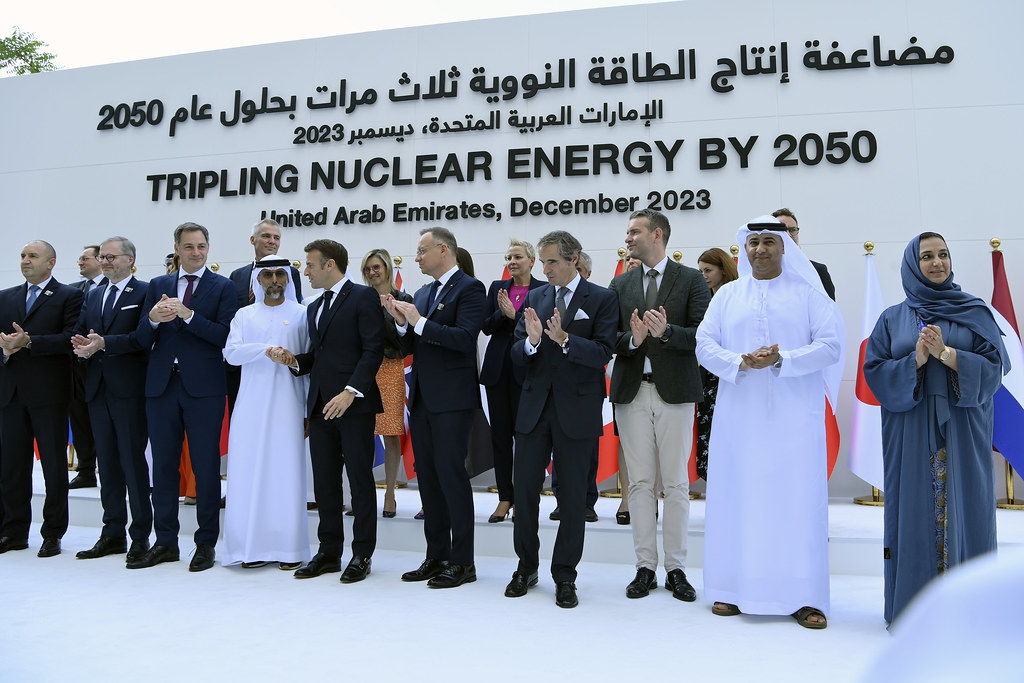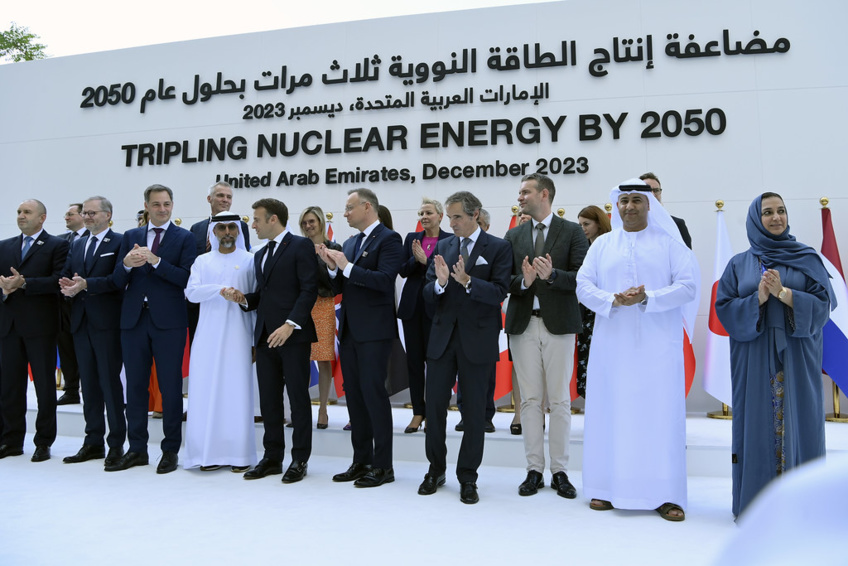Achieving Net Zero by 2050 involves eliminating carbon emissions across Europe to prevent global temperatures from rising beyond 1.5 °C. To guide Europe towards becoming the first climate-neutral economy, the Green Deal Industrial Plan for the Net-Zero Age was introduced in February 2023. This plan is built on four key components: a clear and simplified regulatory framework; accelerated funding for clean technologies; skill enhancement; and updated business regulations to ensure robust supply chains.
Research indicates that 45% of carbon emissions stem from products rather than energy use. Therefore, there is a need to focus on improving product design, reusing production waste, implementing industrial symbiosis to maximize the use of secondary raw materials, and recovering resources at the end of their life cycle. This approach will incorporate the principles of a circular economy throughout various stages of industrial production.
For instance, the concept of industrial symbiosis—where the waste and by-products of one company are used as inputs for another—will likely expand. This model goes beyond traditional recycling by ensuring that energy and materials are not wasted, similar to the processes observed in natural ecosystems.
Research indicates that 45% of carbon emissions stem from products rather than energy use. Therefore, there is a need to focus on improving product design, reusing production waste, implementing industrial symbiosis to maximize the use of secondary raw materials, and recovering resources at the end of their life cycle. This approach will incorporate the principles of a circular economy throughout various stages of industrial production.
For instance, the concept of industrial symbiosis—where the waste and by-products of one company are used as inputs for another—will likely expand. This model goes beyond traditional recycling by ensuring that energy and materials are not wasted, similar to the processes observed in natural ecosystems.


 Achieving Net Zero by 2050: The Green Deal Plan and Circular Economy Solutions
Achieving Net Zero by 2050: The Green Deal Plan and Circular Economy Solutions





 Companies
Companies